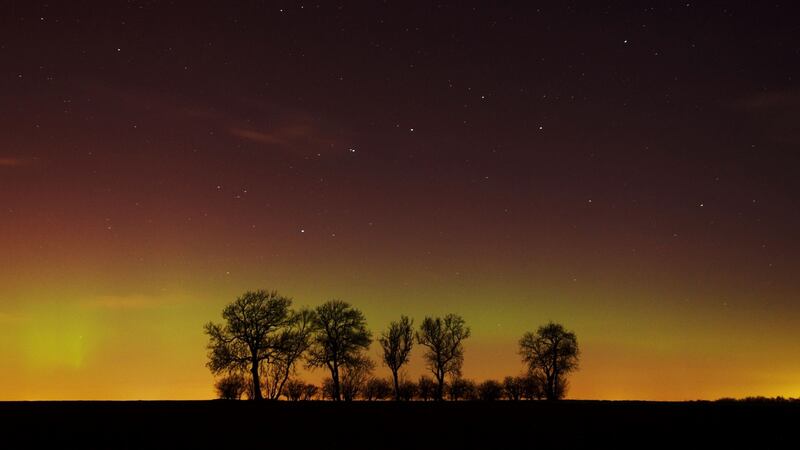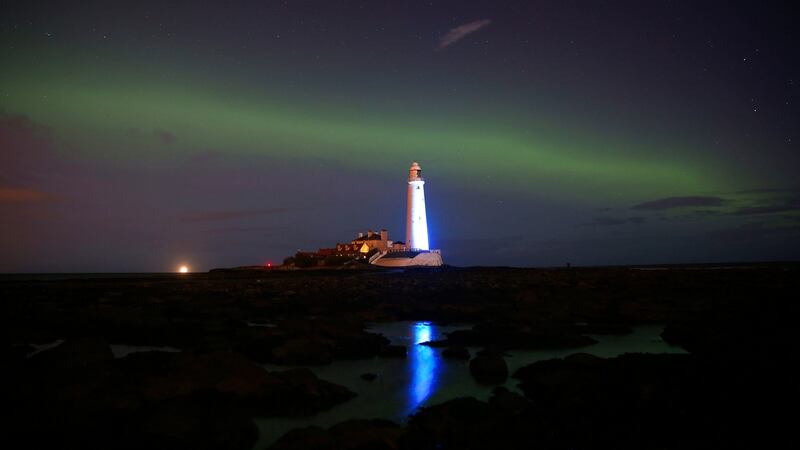This year’s winter solstice has been marked by sightings of the Aurora Borealis or northern lights around the Irish coast from the Aran island of Inis Oírr to Waterford and some parts of the east.
Astronomy Ireland had issued an alert late last week, which came good on Sunday night when there were a number of displays in between cloud.
"We had reports from Waterford, Cork, Kerry, the west coast and Donegal and I photographed them here in Dublin," David Moore of Astronomy Ireland confirmed.


“The earth’s magnetic field turned southwards for a 24-hour period, sucking all the radiation from a solar storm into the north and south poles.”
The lights, or Aurora Borealis, are caused when the Earth’s magnetic field interacts with energy-charted particles, released as solar wind from the sun during eruptions on the sun’s surface.
Displays at these latitudes are best caught with the time exposure of a camera lens, as the cells in our eyes which are used to detect light at night are not good on differentiating colour, Mr Moore said.
On Inis Oírr, science teacher Cormac Coyne took his first images looking north-west. He and his daughter Aoibhe (eight), a keen astronomer, then moved to the Cloch Cuimhne looking across at Inis Meáin for further shots.
He said the strong light from the filling moon made it difficult to get good images, while there was also a fair bit of cloud.
Mr Moore said it was a very good display,though not quite as extensive as the “giant” one recorded in Ireland in 2003.
Images of the multi-coloured impact of charged particles colliding with the Earth’s atmosphere were captured over Lough Corrib in Galway and by Mr Coyne on Inis Oírr several months ago.
Two to six years after sunspot numbers peak, northern lights tend to be at their best, Mr Moore said.
“We could still get another display - people should keep their eye on the horizon, as what may seem like a colourless glow could be an aurora,”he said.








